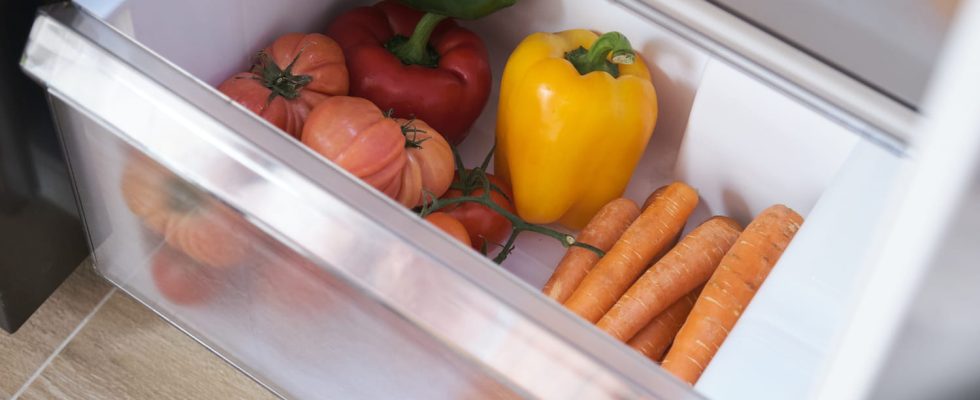Storing carrots in the vegetable drawer of the refrigerator is a classic gesture, but it should nevertheless be avoided!
Carrots, an essential in our kitchens, especially in winter when vegetables are rarer, are often poorly stored, which reduces their lifespan and alters their freshness. Contrary to popular belief, storing them in the crisper drawer of the refrigerator is not the best method. Research and expert advice reveals more effective techniques for prolonging the freshness of carrots.
In the crisper drawer, temperature fluctuations due to opening the drawer affect the quality and shelf life of carrots. Additionally, carrots are sensitive to changes in humidity, and the crisper drawer is designed for higher humidity levels than the rest of the refrigerator, which can cause them to become limp or moldy. And it’s even worse if you leave them in a plastic bag or cardboard packaging… You now know why your carrots soften more quickly once they return from your favorite supermarket or your favorite greengrocer. The vegetable drawer should be avoided!
Professional cooks use other methods and nutrition coach Amanda Rocchia also shared her tip on her TikTok account. She says the best way to keep carrots fresh is to take them out of their packaging if there is one, place them in a container filled with water, close it and put it in the middle of the refrigerator. This process can extend the life of carrots by up to four weeks. A closed glass jar does the job perfectly.
To do this, it is important to keep carrots in a closed container filled with water to protect them from excessive humidity in the refrigerator, which can accelerate their deterioration. Additionally, changing the water every five to six days helps maintain their freshness. It is crucial to change the water every three to four days to prevent bacteria growth.
Another effective method is to peel and cut carrots into sticks, then place them in an airtight container, preferably glass, filled with water. This technique can keep them crunchy for two to three weeks. Here too, however, you will need to change the water every three to four days.
These preservation methods aren’t just useful for carrots; they also work well with other vegetables like celery, note Internet users in response to Amanda Rocchia’s advice. Many users were surprised to discover that they had been storing their carrots incorrectly for years. It’s up to you to try!
